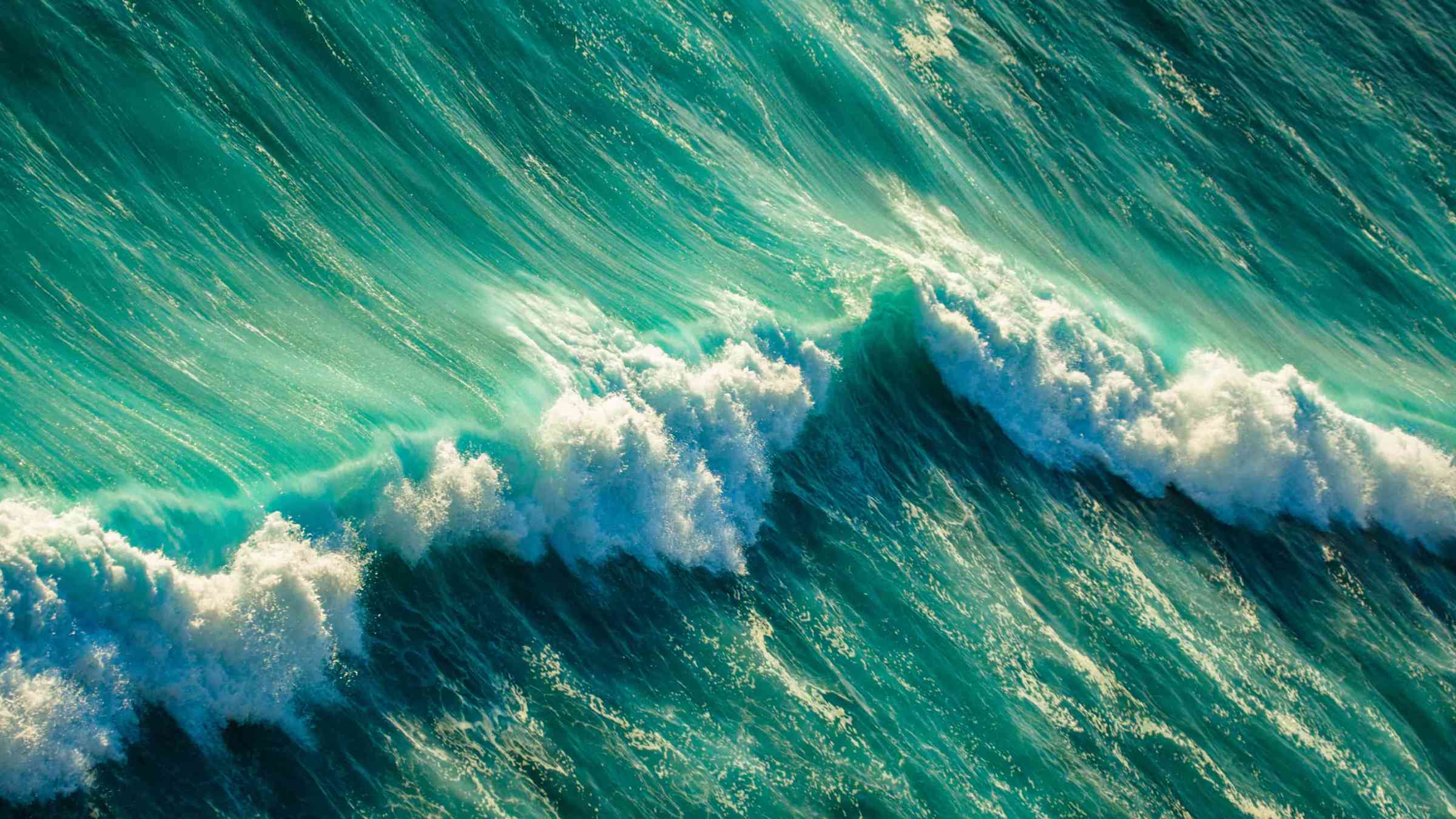Please help us improve PreventionWeb by taking this brief survey. Your input will allow us to better serve the needs of the DRR community.
3 ways to build back better after a tsunami

The efforts made by emergency services to save lives following a tsunami are a highly visible response to disaster. Yet, it is the invisible preparations before disaster strikes that can do the most to reduce the death toll.
Preparing communities to respond to disasters is vital. People can be given early warning and drills on what to do when a tsunami hits. Building more resilient infrastructure is another key to preparedness. In Japan, which has been repeatedly hit by huge earthquakes and tsunamis, it is well understood that the process of restoration must look ahead to the next disaster.
More broadly, the idea that disasters can represent an opportunity for change and renewal is hardly new. The Great Kanto earthquake of 1923 in Japan, for example, was seen not simply as an opportunity to reconstruct Tokyo as a new, modern city, but also as an opportunity to trigger widescale social reform. The term ‘build back better’ was used to describe a goal for disaster recovery after the 2004 Indian Ocean Tsunami. When the Sendai framework for Disaster Risk Reduction was introduced in 2015, ‘building back better’ was formally introduced as one of its four main priorities.
So, what does that look like in practice? Here are 3 ways of making sure infrastructure is improved so that fewer lives are lost the next time a tsunami strikes.
1. Location, location
In Indonesia, a number of coastal airports are vulnerable to tsunami. Either they are close to the shoreline, or on low-lying ground close to the sea. If there is sufficient space, planting mangroves or other plants along the waterline can be effective at absorbing energy from the wave as it crashes inland. Tsunami-resistant buildings also help. Combining several approaches is usually required to provide adequate protection. Arguably, the most effective tactic is simply not to rebuild airports in the most dangerous locations.
“The most important thing you can do is to keep distance between the airport and the coastline by applying the coastal-setback regulations” says Dr Widjo Kongko, Senior Engineer at the Port Infrastructures and Coastal Dynamic Technology Center in Indonesia.
Enforcing regulations that prevent infrastructure being built in the most vulnerable areas may not sound dramatic or look innovative, but it is unquestionably a straightforward and effective way to save lives.
2. Better by design
While no building is tsunami-proof, they can be designed to resist some of the most powerful waves. The force of the water can rip right through houses, while the debris the wave carries creates other dangers – not least because some of it might be on fire. Water will do less damage if it can flow underneath a structure, so new buildings can be built on ‘stilts’ or have walls on the ground floor that are designed to break away.
Using reinforced concrete and building deeper foundations also helps. Tsunamis have been known to turn otherwise solid, concrete buildings completely on their side. ‘Structural redundancy’ is another option. For example, it could mean that if one of the stilts is knocked over, the building won’t start to collapse. More subtly, perhaps, new infrastructure can be constructed at an oblique angle to the ocean. A wall directly facing the sea would have to absorb much larger forces.
Rebuilding communities is not just about bricks and mortar. A popular current theme is to ensure recovery is ‘people centred’. Rather than reconstruction being imposed on the local population from central governments ‘top down’, local communities are increasingly involved in the decision-making process. This helps ensure the new construction meets local needs, enabling communities to thrive.
3. Bigger barriers
Following the Great East Japan Earthquake of 2011 sea walls were overwhelmed. This prompted a programme of building higher seawalls and water-breaks, which can be effective at preventing smaller or medium-sized tsunamis ripping into communities – even if they can’t protect against the biggest. Spending billions to beef up seawalls also meant that some housing could be built on lower-lying ground that would otherwise have been too risky.
Explore further
Also featured on
Please note: Content is displayed as last posted by a PreventionWeb community member or editor. The views expressed therein are not necessarily those of UNDRR, PreventionWeb, or its sponsors. See our terms of use
Is this page useful?
Yes No Report an issue on this pageThank you. If you have 2 minutes, we would benefit from additional feedback (link opens in a new window).